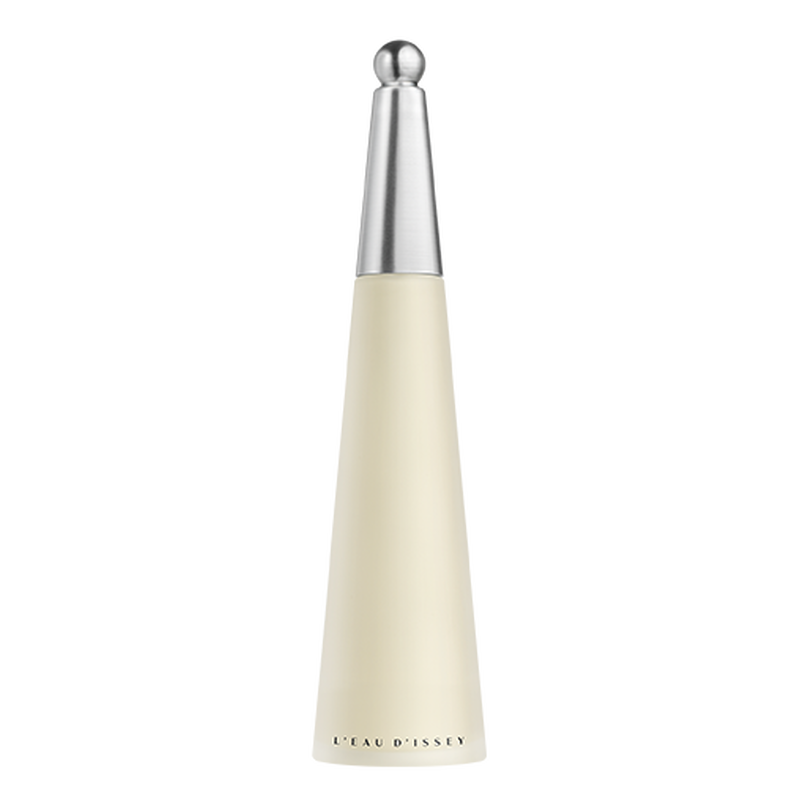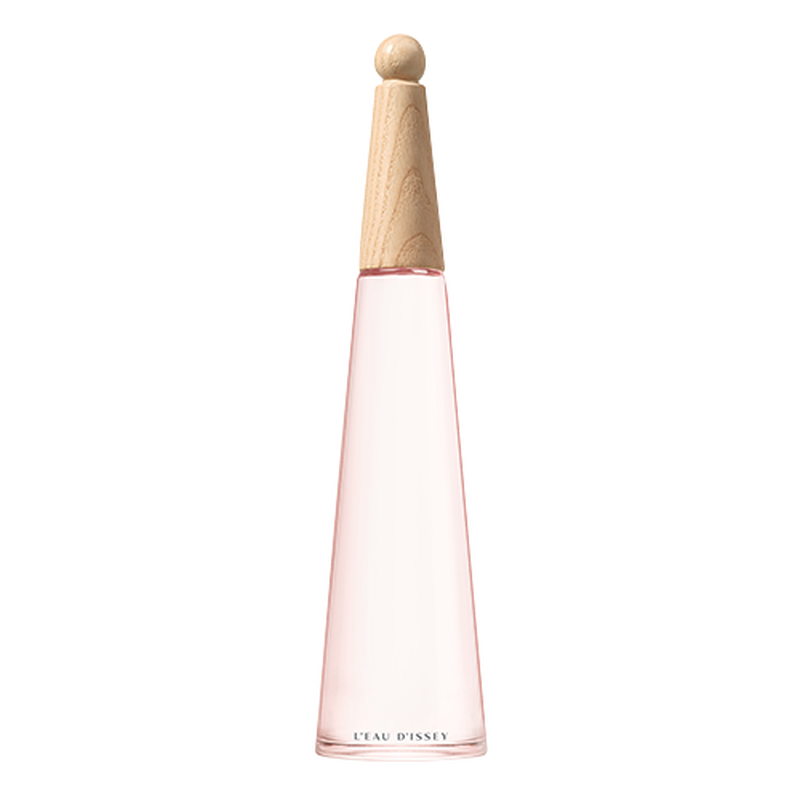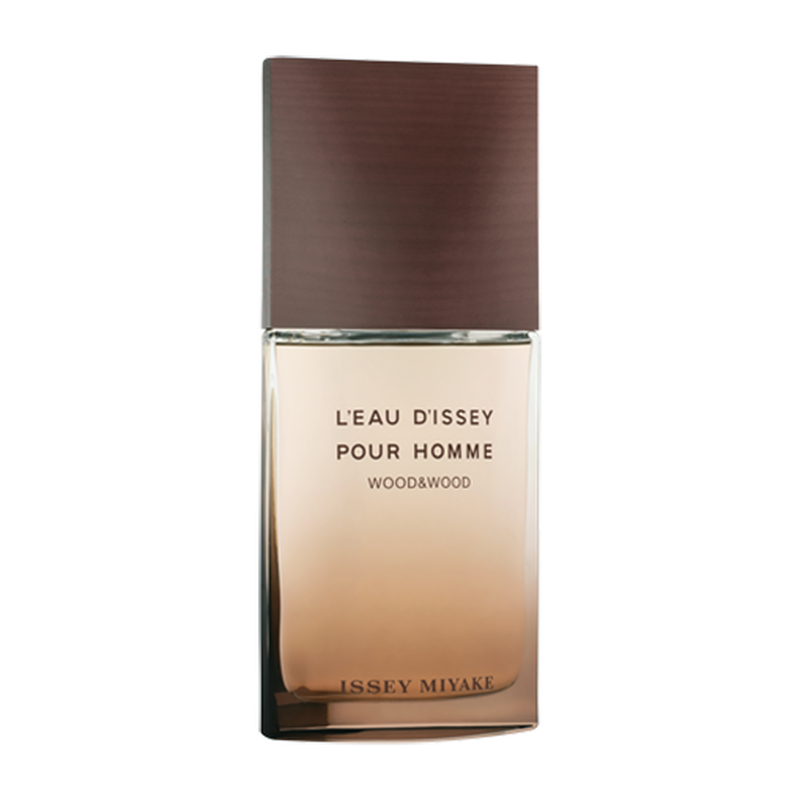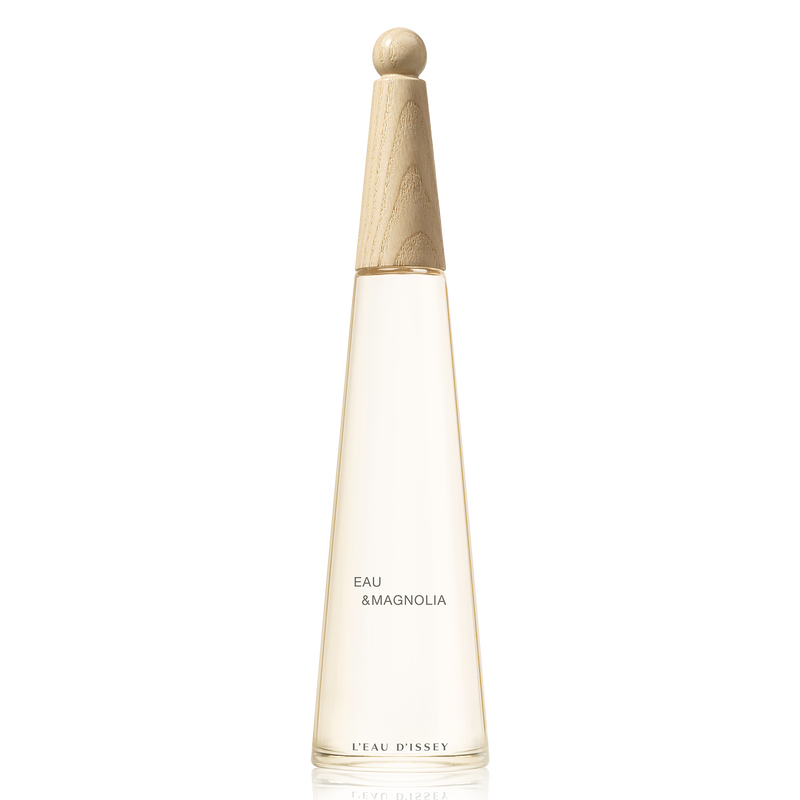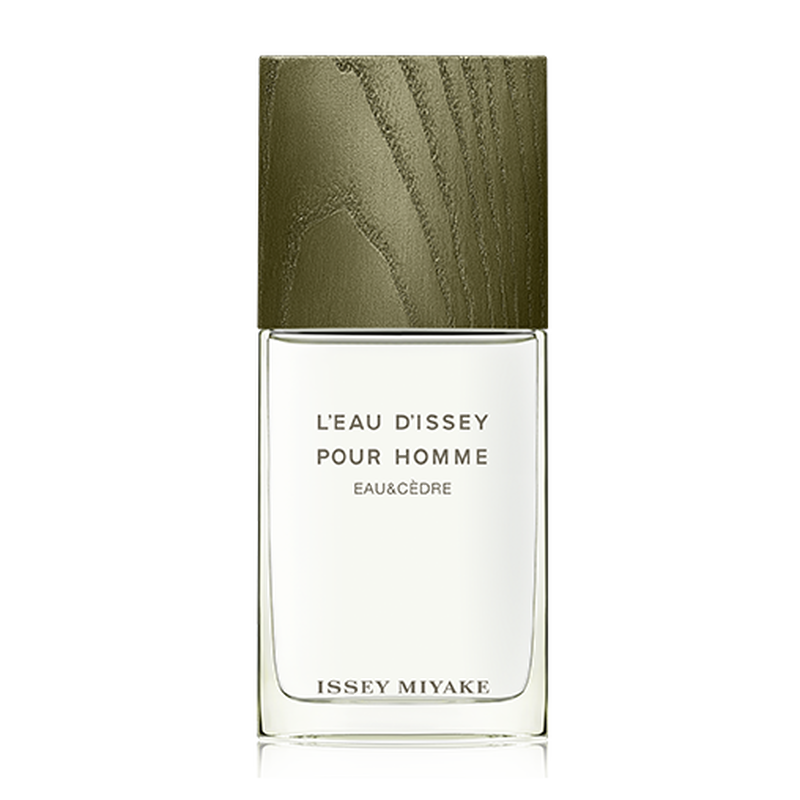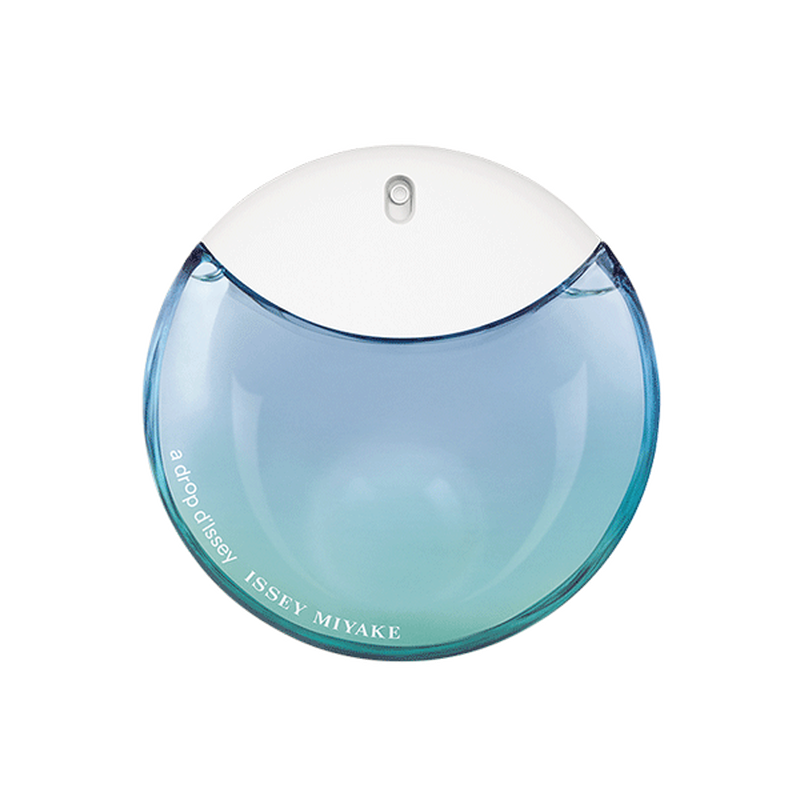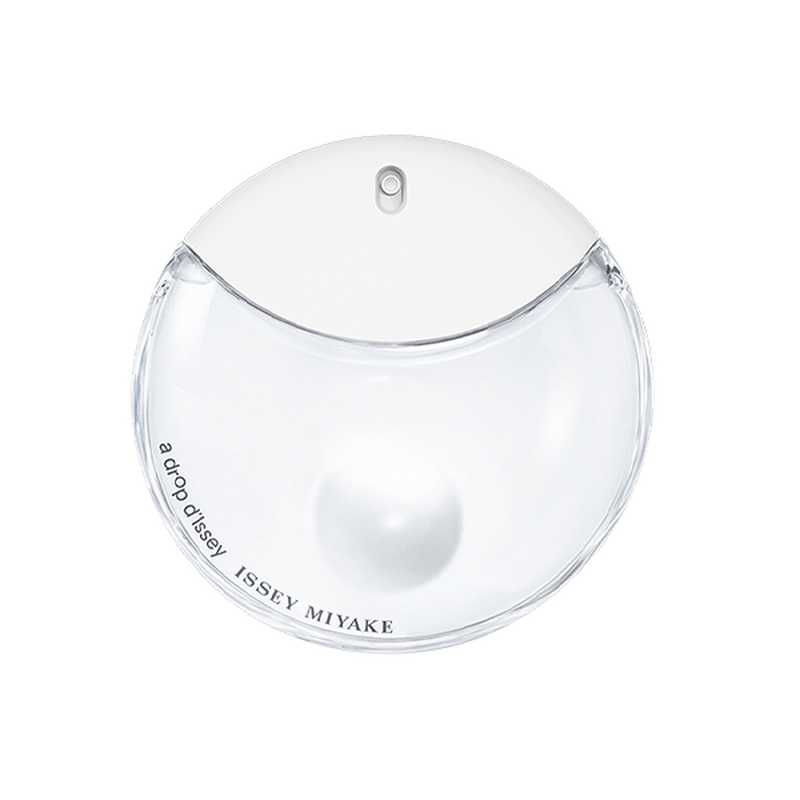-
THE timeless COLLECTIONS
Discover the purity of water in the L'Eau d'Issey Collection and the strength of water in the L'Eau d'Issey Pour Homme collection. Delight your senses with the aquatic freshness of these 2 timeless and elegant fragrance collections.
L'EAU D'ISSEY
L'Eau d'Issey Collection will delight your senses with its fresh, aquatic, floral essences. Rediscover the purity of water: the source of life, the essential element. Water that gave life to Issey Miyake’s first, iconic fragrance: L'Eau d'Issey, reinterpreted throughout the years with many different facets.
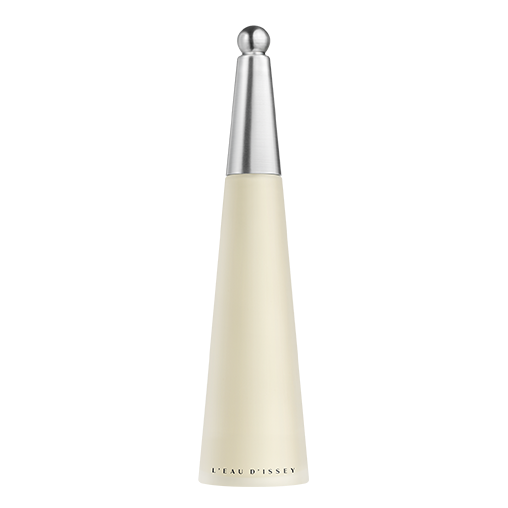

L'EAU D'ISSEY POUR HOMME
L'Eau d'Issey pour Homme Collection will awake your senses with its aquatic freshness and the warm elegance of spices. Discover the strength of water: the source of life, the essential element. Water that gave life to Issey Miyake’s first masculine, iconic fragrance: L'Eau d'Issey pour Homme, reinterpreted throughout the years with many different facets.
-
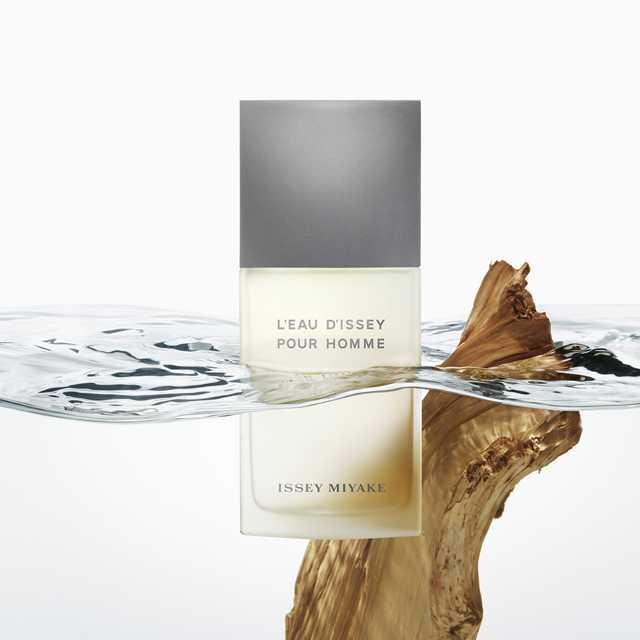
L'EAU D'ISSEY
pour HommeTHE timeless COLLECTIONS
Discover the purity of water in the L'Eau d'Issey Collection and the strength of water in the L'Eau d'Issey Pour Homme collection. Delight your senses with the aquatic freshness of these 2 timeless and elegant fragrance collections.
L'EAU D'ISSEY
L'Eau d'Issey Collection will delight your senses with its fresh, aquatic, floral essences. Rediscover the purity of water: the source of life, the essential element. Water that gave life to Issey Miyake’s first, iconic fragrance: L'Eau d'Issey, reinterpreted throughout the years with many different facets.


L'EAU D'ISSEY POUR HOMME
L'Eau d'Issey pour Homme Collection will awake your senses with its aquatic freshness and the warm elegance of spices. Discover the strength of water: the source of life, the essential element. Water that gave life to Issey Miyake’s first masculine, iconic fragrance: L'Eau d'Issey pour Homme, reinterpreted throughout the years with many different facets.
-
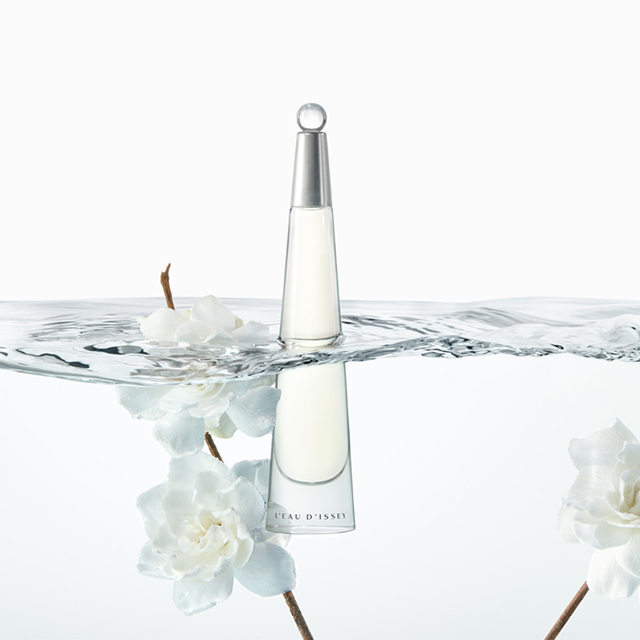
L'EAU D'ISSEY
THE timeless COLLECTIONS
Discover the purity of water in the L'Eau d'Issey Collection and the strength of water in the L'Eau d'Issey Pour Homme collection. Delight your senses with the aquatic freshness of these 2 timeless and elegant fragrance collections.
L'EAU D'ISSEY
L'Eau d'Issey Collection will delight your senses with its fresh, aquatic, floral essences. Rediscover the purity of water: the source of life, the essential element. Water that gave life to Issey Miyake’s first, iconic fragrance: L'Eau d'Issey, reinterpreted throughout the years with many different facets.


L'EAU D'ISSEY POUR HOMME
L'Eau d'Issey pour Homme Collection will awake your senses with its aquatic freshness and the warm elegance of spices. Discover the strength of water: the source of life, the essential element. Water that gave life to Issey Miyake’s first masculine, iconic fragrance: L'Eau d'Issey pour Homme, reinterpreted throughout the years with many different facets.
-
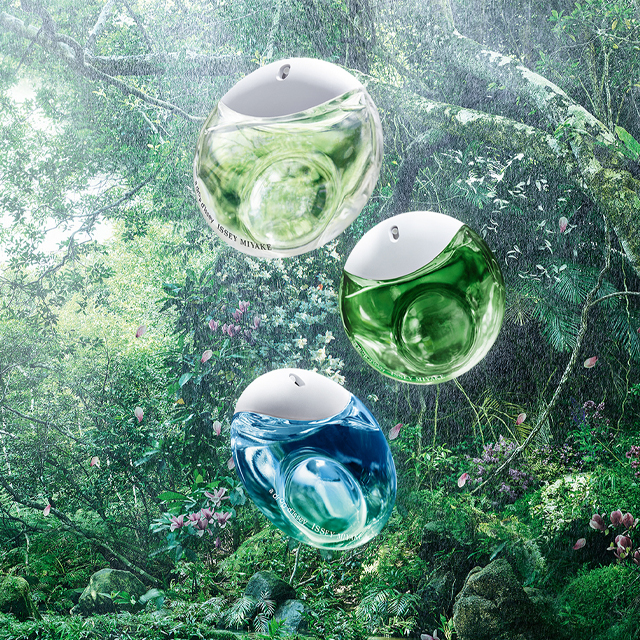
A DROP D'ISSEY
A WORLD of IMAGINATION and SURPRISE
From water to a drop: a surprising adventure awaits for you in the aquatic world of Issey Miyake Parfums. Follow a drop during its journey through nature. Mysterious and surprising, a drop d'Issey Collection captures the essence of nature to reveal its hidden treasures and beauty.
A DROP D'ISSEY
EAU DE PARFUM
Look at the world from a new perspective with a drop d'Issey Eau de Parfum and see the hidden beauty of nature. Lighten your mood with a wildly feminine composition: an enveloping solar bouquet of lilac with a musky note and an almond milk facet.
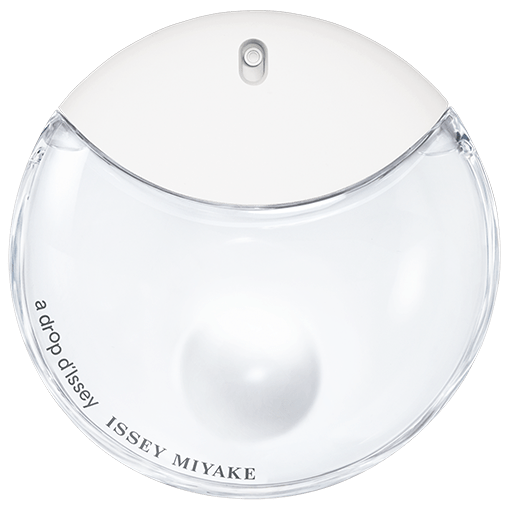

A DROP D'ISSEY
EAU DE PARFUM FRAÎCHE
After a drop d’Issey Eau de Parfum, a drop d’Issey Eau de Parfum Fraîche tells a new story of water infused with blossoms. Feel on your skin the delicate scent of springtime with a tender, fresh floral signature.
-

FUSION D'ISSEY
a WORLDof PURE CONTRASTSand SENSATIONS
Dive into a volcanic world underwater where freshness becomes incandescent. Discover the force of a Fusion born from the stark contrast between the coolness of the water and the heat of a volcano. Vibrating between hot and cold, the Fusion d'Issey Collection bursts with pure energy and vitality.
FUSION D'ISSEY
EAU DE TOILETTE
Awake your senses with Fusion d'Issey Eau de Toilette, made of solar and mineral notes inspired by the contrast of natural elements: water and fire, hot and cold. Powerful, vigorous and fiery, nature reveals itself with creative strength. Molten lava pours expressively from a volcano.


FUSION D'ISSEY EXTREME
EAU DE TOILETTE INTENSE
Dive into a volcanic world underwater where freshness becomes incandescent. Fusion d'Issey Extrême Eau de Toilette Intense emerges from the watery depths where contrasting hotness and coolness are pushed to the extreme.
-
CONNECTING with NATURE
Originally there was water. A source of life, the beginning of everything within nature, an inspiration for Issey Miyake.
-
Best Sellers

